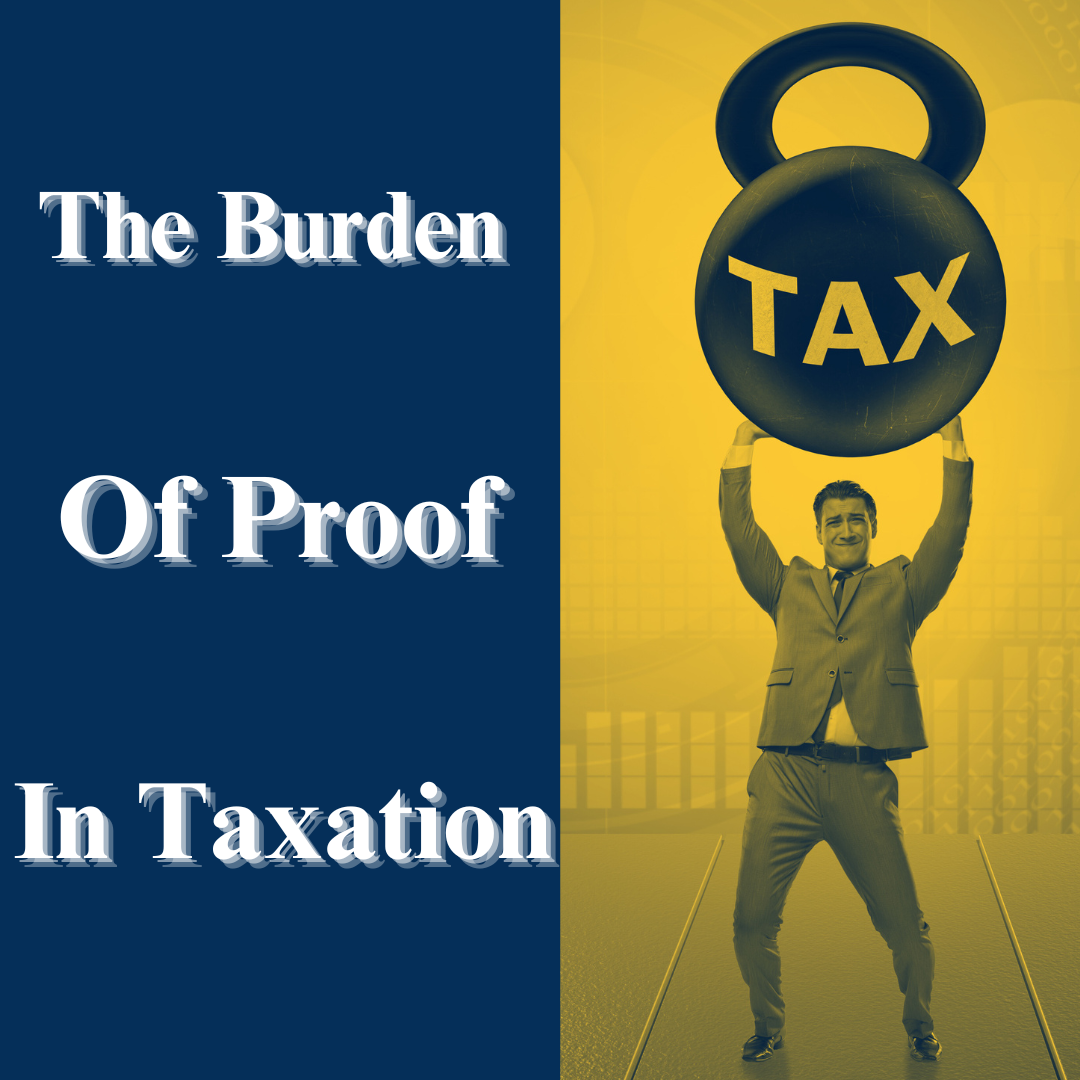
In the world of taxation, one principle stands paramount for every taxpayer: the burden of proof. This concept dictates that the responsibility to substantiate entries, deductions, and statements made on tax returns lies squarely with the taxpayer. Here’s a detailed look into what this means and how it affects you.
What is the Burden of Proof?
The burden of proof in tax law refers to the obligation of a taxpayer to provide evidence that supports the deductions, credits, or other claims made on their tax return. Essentially, if you claim a deduction or credit, you must be prepared to prove it if the Internal Revenue Service (IRS) questions it. This isn’t just about having a good memory or a vague recollection; it’s about having concrete, verifiable evidence.
Elements of Proof
To meet the burden of proof, taxpayers must generally provide:
- Documentary Evidence: This includes receipts, canceled checks, bills, invoices, or any other written documentation that proves the expense was incurred. For instance, if you claim a business meal, you need a receipt showing the date, amount, and business purpose.
- Substantiation of Expenses: Certain expenses require more detailed substantiation. For example:
- Travel Expenses: You must keep records of the amount spent, the time and place of travel, the business purpose, and the business relationship to anyone you entertain.
- Entertainment, Gifts, and Auto Expenses: These require specific records including the date, amount, place, type, and business purpose of the entertainment or gift, and for auto expenses, mileage logs or receipts for gas and maintenance.
- Adequate Records: Keeping a record of every expense isn’t just good practice; it’s necessary. This includes diaries, logs, or similar records that detail each expense. For instance, a mileage log for business use of a vehicle should include the date, destination, business purpose, and mileage.
Why is This Important?
The IRS audits a small percentage of tax returns each year. If your return is selected for audit, you’ll need to provide proof for your deductions and credits. Without adequate documentation, you risk having your deductions disallowed, which could lead to additional taxes, penalties, and interest.
Practical Tips for Managing Your Burden of Proof
- Organize Your Records: Keep all receipts and documents organized by expense type or by month. This makes it easier to find what you need during an audit.
- Use Technology: Apps and software can help track expenses in real-time. Many allow you to scan receipts directly into a digital format, which can be a lifesaver.
- Be Consistent: If you claim an expense one year, be prepared to justify why it might not appear in subsequent years if your situation changes.
- Understand the Rules: Tax laws change. Staying informed about what documentation is required for new types of deductions or credits can prevent future headaches.
- Professional Help: Consider consulting with a tax professional, especially for complex situations or if you’re unsure about how to document certain expenses.
Conclusion
The burden of proof in taxation is not just a legal requirement but a practical necessity for any taxpayer looking to claim deductions or credits. By maintaining thorough, accurate records, taxpayers not only ensure compliance with tax laws but also protect themselves against potential audit challenges. Remember, in the eyes of the tax authority, if it wasn’t documented, it didn’t happen. So, keep those receipts, logs, and records in order, because when it comes to taxes, proof is your best friend.
Disclaimer: The information provided above is not meant to be legal or tax advise. You should consult your CPA and attorney to determine the best course of action for your situation.
Mitzi E. Sullivan, CPA is a cloud based professional services provider
specializing in cloud accounting.